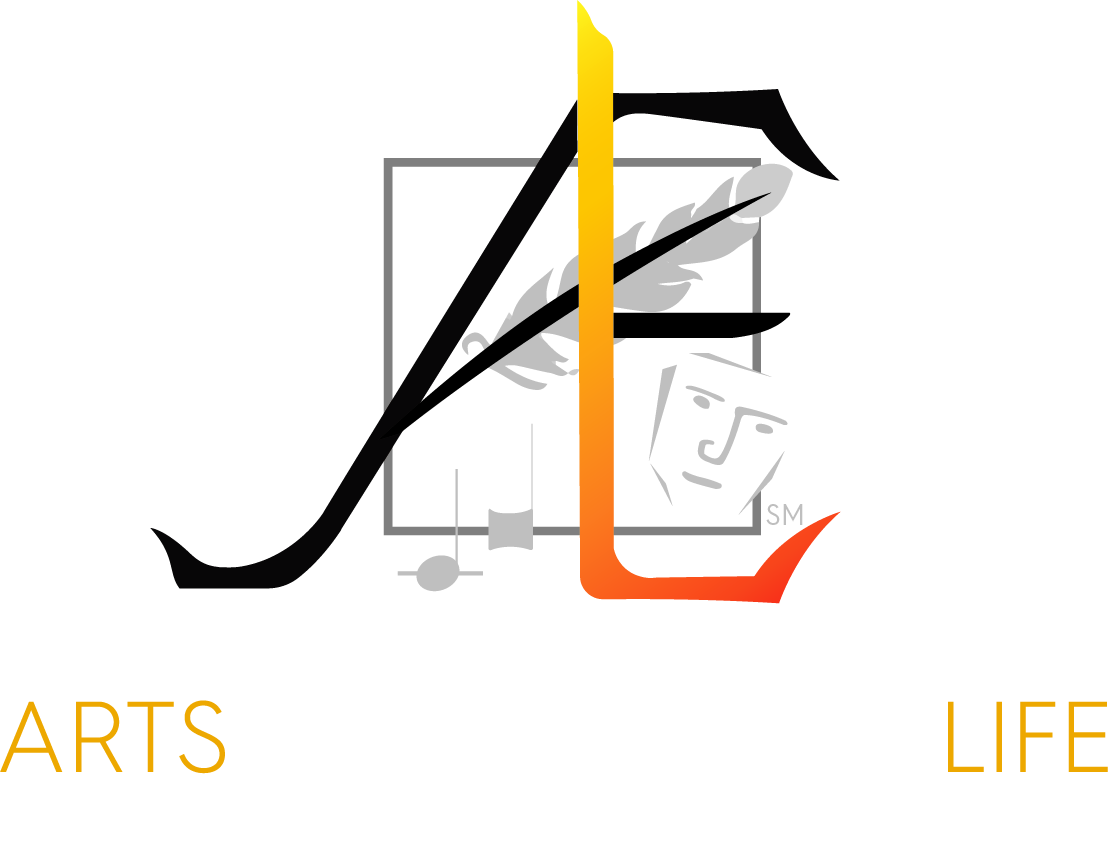
Saturday, August 27, 2022, 7:30 PM
Church of the Transfiguration
Orleans, MA
Concert Program:
Allegro Assai
Vivace
Presto
Concerto Grosso in F Major, Op. 6 No. 2, Arcangelo Corelli (1653-1713)
Vivace-Allegro-Adagio
Allegro
Grave-Largo
Allegro
Sonata á cinque in C Major, Op. 2 No.3, Tomaso Giovanni Albinoni (1671-1751)
Largo
Allegro
Grave
Allegro
-INTERMISSION-
La Bergamasca, Marco Uccellini (1603-1680)
Concerto Grosso in A Major, HWV 329, George Frideric Handel (1685-1759)
Andante larghetto e staccato
Allegro
Largo e staccato-Andante
Allegro
Program Notes:
Praise the Lord with timbrel and dance!
William Boyce was one of the most important English composers of the late Baroque period. Beginning his musical journey as a choirboy at St. Paul’s Cathedral, he went on to become an organist and composer, respected by his contemporaries, Bach, Handel and the very young Mozart. Boyce’s Eight Symphonies are the best known and most recorded of all his works. Adapted from his numerous odes and theatrical works, the symphonies combine French overture and Italian sinfonia styles, with delightful melodies and playful rhythms. Symphony No. 2 in A Major, first published in 1760, is titled “Ode for the King’s Birthday”. Comprised of three movements, the work opens with an effervescent Allegro assai, followed by an elegant Vivace, and concluding with a spirited Presto.
Arcangelo Corelli was one of the leading violinists, composers and teachers of his day, best known for perfecting the Concerto Grosso, a form that highlights the contrast between a small solo group and the full string ensemble. His Opus 6, a collection of 12 concerti grossi is the apex of his compositional output. Concerto No. 2 from this collection is filled with dynamic and expressive contrasts, clear polyphony, and a variety of textures. Clarity and interactive dialogue between solo and full sections infuse the work with beauty as well as virtuosic flair.
Unlike most composers of his day, Tomaso Giovanni Albinoni was a composer of independent means, and the son of a wealthy paper merchant. He did not have need for a church position or to serve in a royal court. Instead, he composed many operas, and a wide array of instrumental works. Beyond the technical brilliance of his writing, there is an incredibly pleasing, almost “popular” dimension to his music. Albinoni’s signature gift for melody is exemplified in the Largo movement of the Sonata á Cinque, while the Allegro movement spins the work into a joyful dance!
Composer and violinist, Marco Uccelini followed his family’s tradition and studied at the seminary in Assisi, before he became a court musician in Modena. Uccellini brought the technical capabilities of the violin to a new level by introducing “sixth position”, allowing the instrument to expand into the higher range. La Bergamesca, originating in the Bergamo region of Italy, is a rustic peasant dance. In the form of a circle dance, men and women form opposing circles, and then come together through a series of turns into circling partners. Built on the ground bass, the variations draw player and listener alike into the “timbrel and dance!”
Handel’s Concerto Op. 6, #11 is part of a set of 12 concerti grossi, written in the space of 5 weeks in London. Originally, they were used to fill intervals in the performances of Handel’s many operas, as a feature to keep audiences engaged, but also in a conscious effort to emulate Corelli’s ever-popular concertos of the time. Op. 6, #11 is a re-working of his original organ concerto. Handel was very economical in re-using his ideas, as well as in drawing upon the music of others (often avoiding detection!). The work begins with a courtly French overture, followed by a fugal Allegro, an expressive Andante, and a final Allegro movement that highlights virtuosic solo sections in energetic dialogue with the full ensemble.
